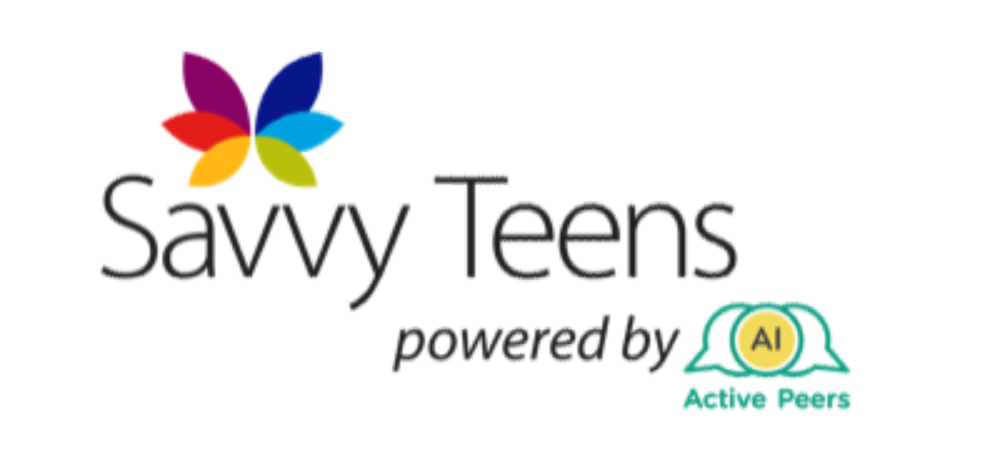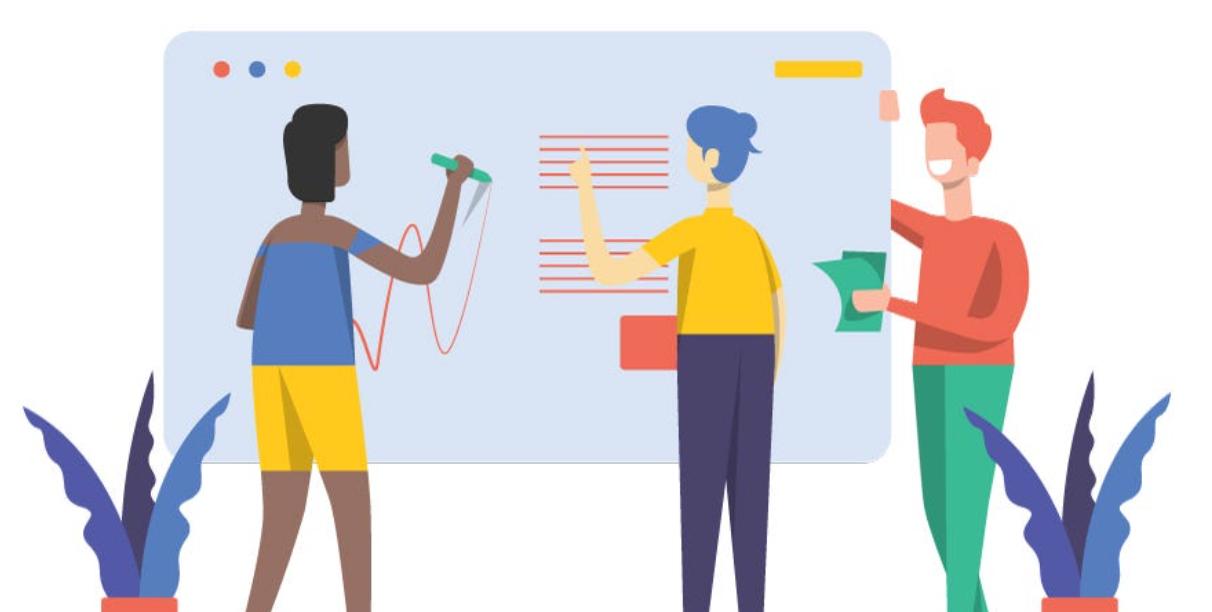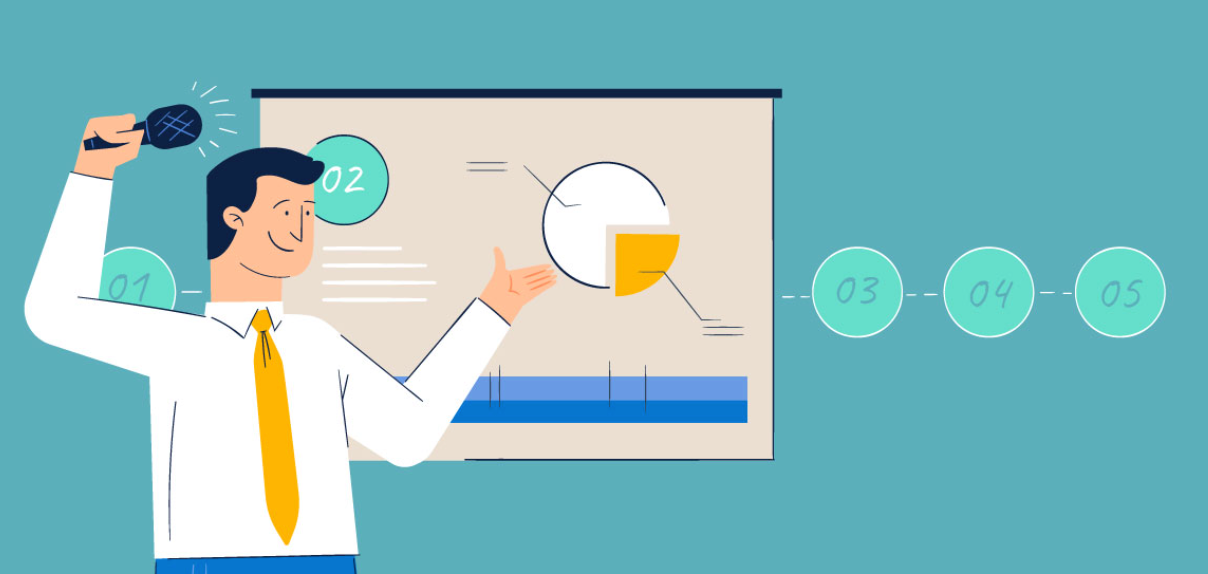Different Types of Sessions to Conduct with Guest Speakers
Guest speakers can provide valuable insights and knowledge to participants in various settings. However, it is essential to plan and structure the sessions to ensure that they are productive and engaging. In this blog post, we will outline different types of sessions that can be conducted with guest speakers.
1.lQ&A Sessions
A Q&A session is an solid way to introduce a guest speaker and allow participants to ask questions. The session begins with the speaker introducing themselves, their role within the company, areas of expertise, and a brief overview of their career. Participants can then raise their hand (and if online, using Zoom functionality to unmute and) ask the speaker a question. It is encouraged that participants prepare questions in advance. The goal is to ensure that each interaction is insightful and informative. The speaker will take the time to answer each question thoroughly and invite any follow-up questions from the participant. If you have a particularly quiet audience, then you can posit that you will go to each person and that creates an expectation for everybody to get involved.
2. Presentation
For a presentation session, the speaker might talk about their career highlights to date, a recent project they've worked on, their typical day or their "top tips" in an area of interest to the audience. They will prepare a set of slides beforehand, which will include interactive elements. During the session, the speaker will introduce themselves briefly, including their role, job title, area of expertise, and career outline. After delivering the presentation, the supervising facilitator will invite questions from the participants.
3. Address Participants' Assumptions
To ensure a productive interaction, participants are required to record their assumptions on a predetermined topic (e.g. the future of work). The facilitating supervisor will then introduce the guest speaker and provide them with an opportunity to elaborate on their job title, working life, career progression, areas of expertise, and advice for participants. Each participant will have the chance to share their assumption, and receive a response from the guest speaker. The speaker will share their reaction, thoughts, and working knowledge on the theme.
4. Facilitate an Activity
An activity-based session can be an effective way to engage participants and encourage interaction with the guest speaker. The activity can be related to the topic or industry that the speaker is presenting on. The facilitator will guide the participants through the activity, and the guest speaker will provide feedback and insights. This might be a role-play of a job interview or an interaction where one person is given a piece of the information and the other person needs to ask effective questions to glean it!
5. Review Participants' Work
In a review session, the speaker would have thoroughly reviewed the participants' work or received a briefing on what to expect during the live active review. This might be a cover letter for a job, a marketing proposal for a new product or a review of a website. During the session, the speaker would actively assess the entire group's work with each participant or in smaller groups of four to five people. They would provide participants with the opportunity to clarify their understanding of the review, challenge the speaker's feedback, and share how they plan to implement that feedback into their work.
6. Rotate Between Groups
In a rotational interaction, guest speakers will join the session and be introduced by the supervising facilitator to the entire group. The facilitator will then assign everyone, including the guest speakers, to breakout rooms where the speaker will engage with one group at a time. During this time, the speaker will introduce themselves, describe their role, job title, daily working life, areas of expertise, career path, and share anecdotes to help students understand the industry, company culture, and the working world.
In conclusion, each type of session is designed to provide participants with valuable insights from the guest speaker and encourage interaction and engagement. The supervising facilitator plays a key role in ensuring that each session runs smoothly and concludes on time. By incorporating these different types of sessions, you can create a dynamic and engaging experience for your participants.












